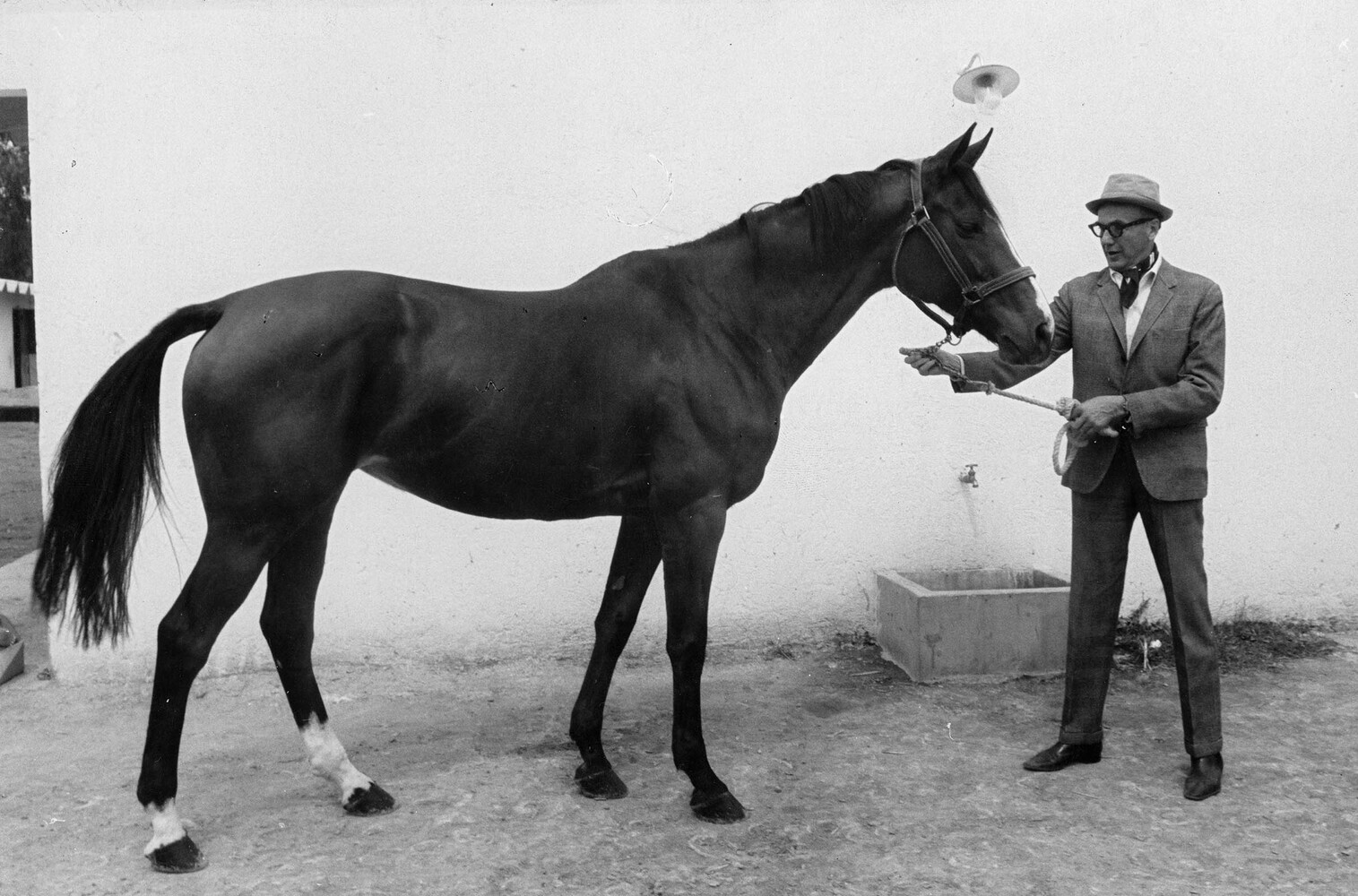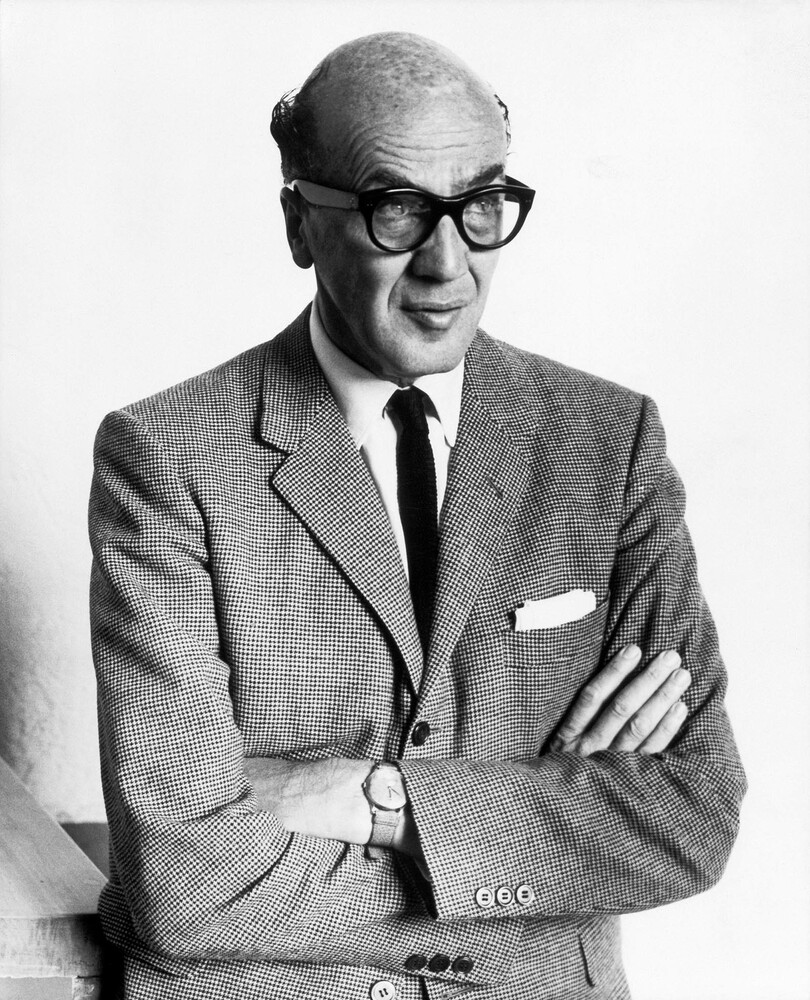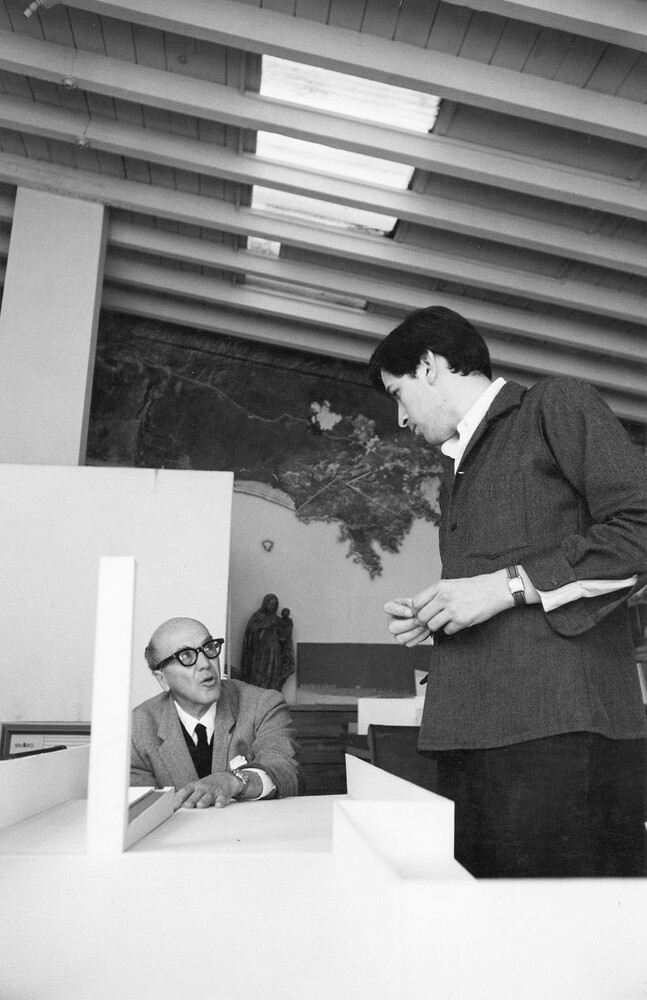Born in Guadalajara in 1902, Luis Ramiro Barragán Morfín is regarded as the most prominent figure in modern Mexican architecture. By the time of his death in 1988, his persona and way of working had attained almost mythical status, and the interest in his oeuvre has increased ever since.
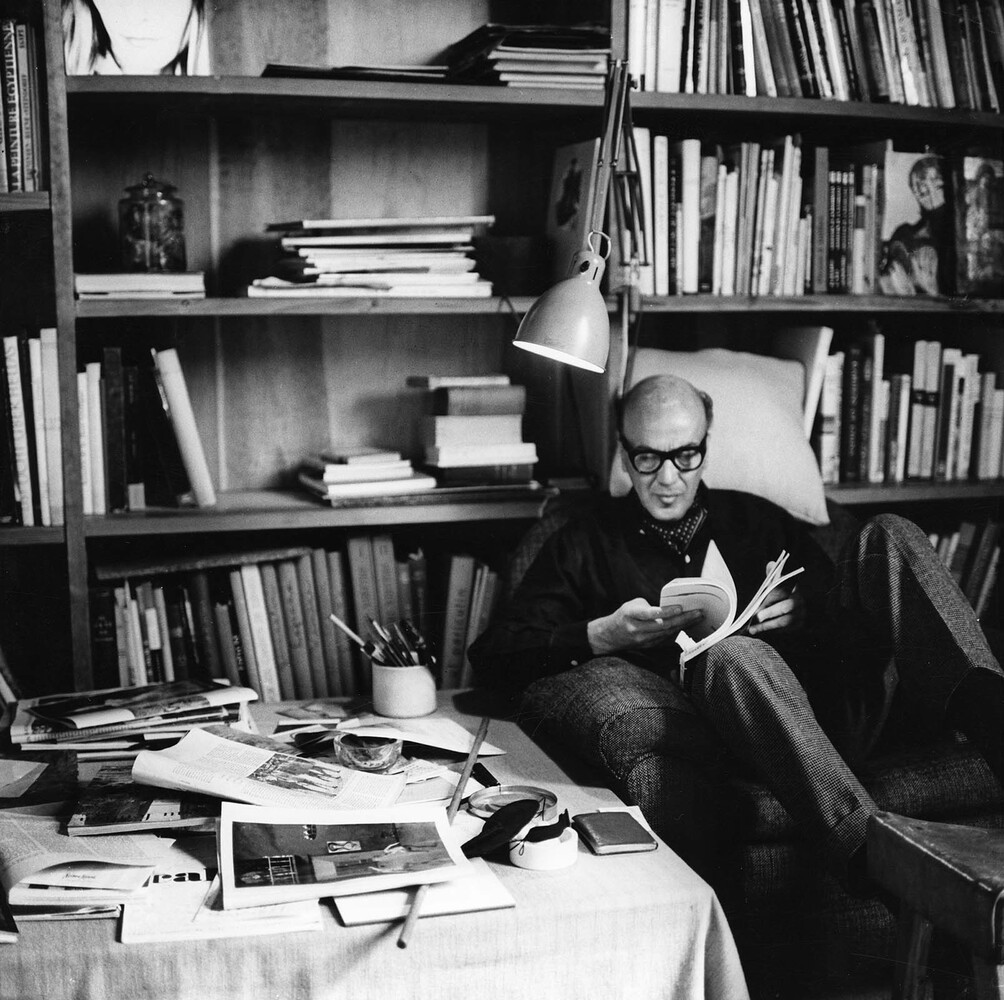
Barragán’s upbringing in a family of wealthy landowners was guided by a humanistic education and strict observance of Catholicism. The Mexican Revolution significantly impacted his family’s estate, as large properties were expropriated in the wake of agrarian reforms.
Barragán studied architecture and engineering at Guadalajara’s Escuela Libre de Ingenieros; his education was supplemented by what proved to be a formative trip to Europe in 1925. The European continent continued to be a source of inspiration for Barragán, and he returned multiple times over the course of his life.
The architect’s first commissions were mostly private homes in Guadalajara. After his design for a public park stirred local controversy, Barragán left the provincial milieu of his hometown in 1935 for Mexico City, where he stayed for the rest of his life. In this rapidly expanding metropolis, Barragán had the opportunity to develop his architectural skills and explore innovative urban concepts. Major projects ranged from apartment buildings based on Functionalist principles to urban plans for upscale residential areas. In the early 1940s, he embarked on his own ventures by taking on the role of a real estate investor and developer.
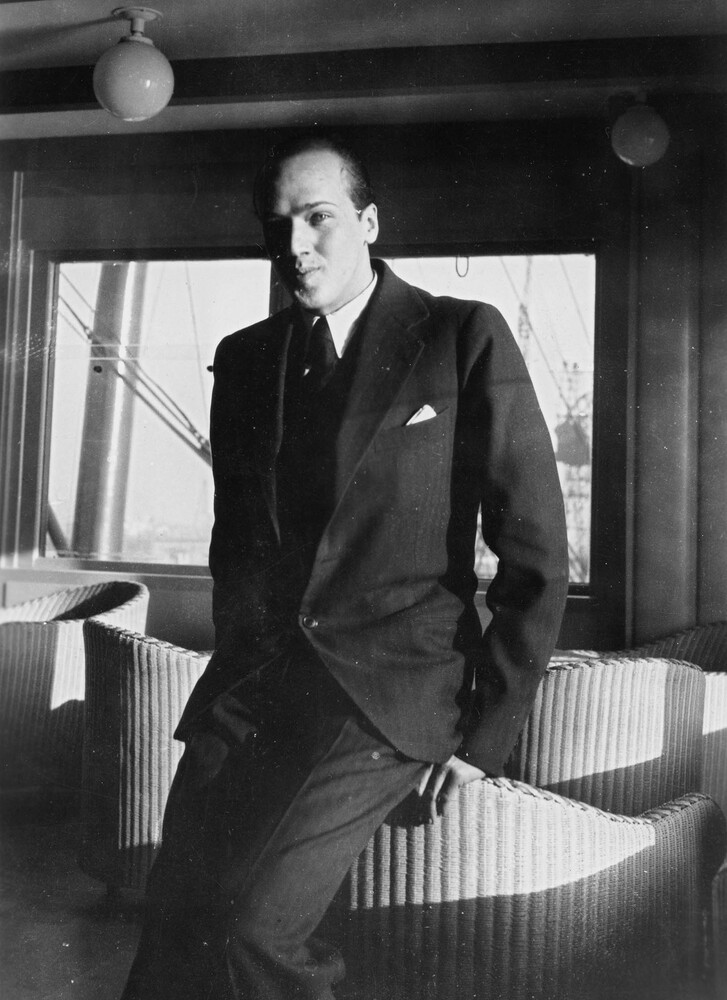

Gaining financial independence granted Barragán the creative freedom to experiment with gardens and domestic spaces, merging natural and man-made environments. His visionary projects included the large urban development Jardines del Pedregal, which offered the emerging bourgeoisie a new way of living that was both Mexican and modern. In the same spirit, he built a residence and studio for himself in the Tacubaya neighbourhood. The Barragán House, which he inhabited for the rest of his life, was both a manifesto of his architectural approach and an experimental space that could be adapted to new insights and needs. In the following years, Barragán expanded his sphere of activity to developments on the Pacific coast of Mexico, public spaces in Mexico City and new settlements, as the capital continued to grow and expand.
By that time Barragán had built a number of pioneering projects, including the residential developments of Las Arboledas and Los Clubes, centred around the equestrian facilities of the Club Hípico Francés, as well as plans for a new satellite town of 100,000 inhabitants conceived in collaboration with architect Juan Sordo Madaleno.
While many of Barragán’s speculative projects during the 1970s remained unrealized, the private commission for the Casa Gilardi in Mexico City provided an opportunity to apply his mastery in the use of water, light and colour to the design of a compact townhouse.
In 1979 Barragán invited Raúl Ferrera, a former collaborator, to become a partner in the newly established office Barragán + Ferrera Asociados. Together they developed large corporate projects and a landmark for the city of Monterrey.
The award of the Pritzker Architecture Prize to Barragán in 1980 brought wide international recognition. Five years later, a retrospective exhibition in his home country was mounted by the Rufino Tamayo Museum, celebrating a lifetime of work.
Since Barragán’s death in 1988, his influence has continued to grow both within and beyond the borders of Mexico. His oeuvre provides new generations of architects with compelling examples of multilayered, sophisticated spatial compositions integrating modernity and tradition.
